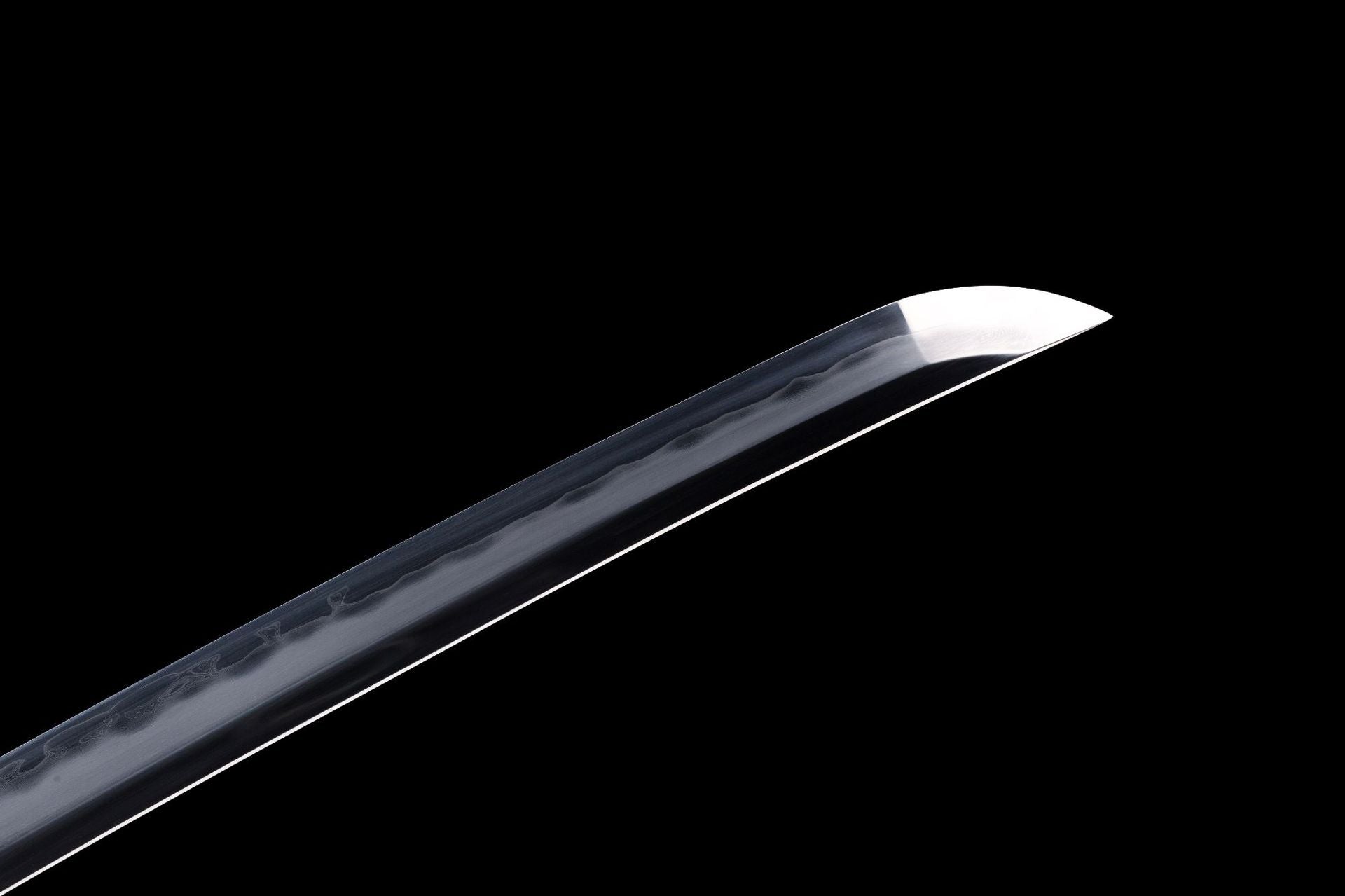
When did the “katana” become, well, the katana? Short answer: not on Day One. The story starts with straight blades at ceremonies and ends with masterpieces that make museum glass fog up with en...
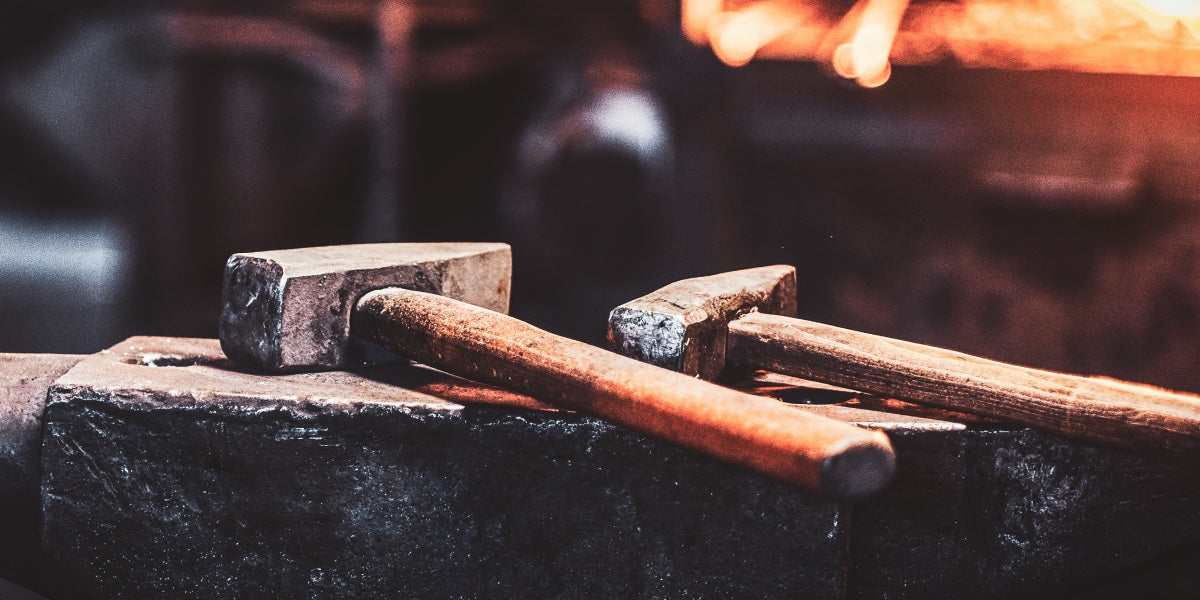
If forging gives a katana its soul, then the step before quenching gives it its polish. But you might wonder: why bother fixing the blade again after it’s already forged? Isn’t the heavy hammering ...
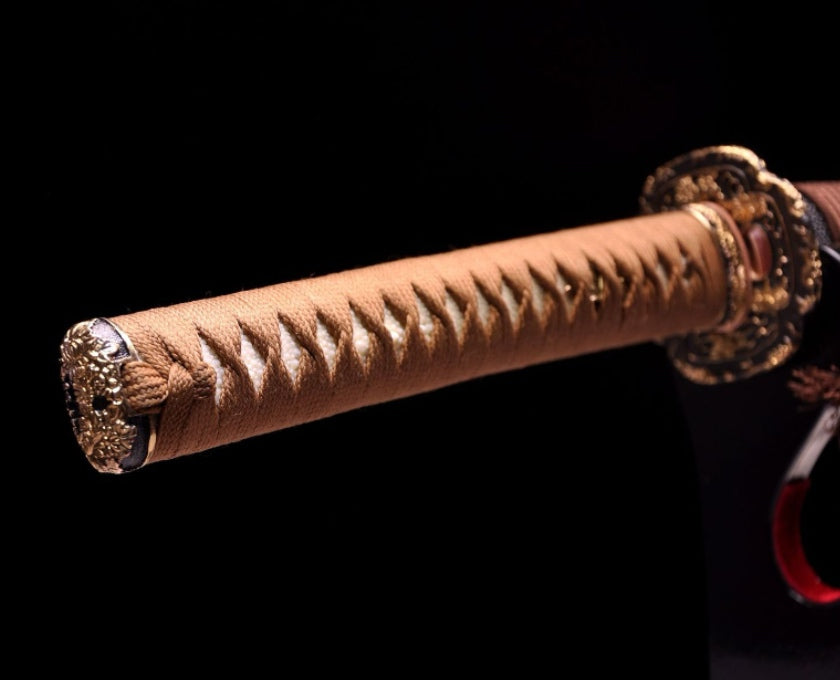
Discover the anatomy and significance of the nakago, or tang, in Japanese swords. Learn about its shape, file marks, rust, pin holes, and signatures that reveal a blade’s age and lineage.

Have you ever looked at a samurai sword and wondered—how does such a perfectly balanced, elegant curve come into existence? The truth is, shaping a katana isn’t just about hammering hot steel. It’s...
A katana isn’t just a sword made from one type of metal. It’s actually a carefully crafted structure made from layered and combined steel types. Inside, it has a softer iron core called shingane, w...
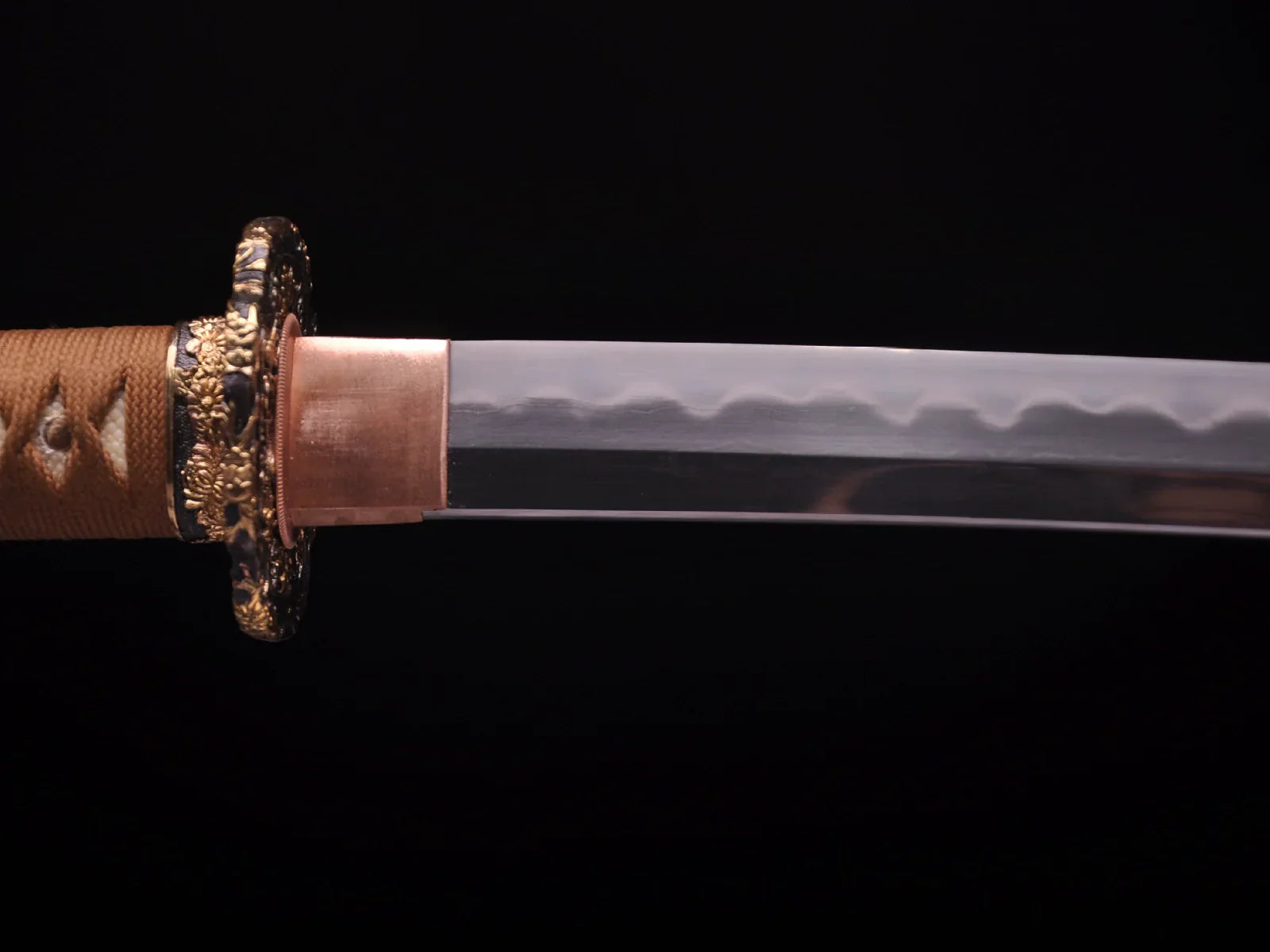
The hamon is essential to a true Japanese sword. Follow along as we explore what the hamon is, how to judge its quality, its practical function, and the history behind it. What Is Hamon? What Mak...
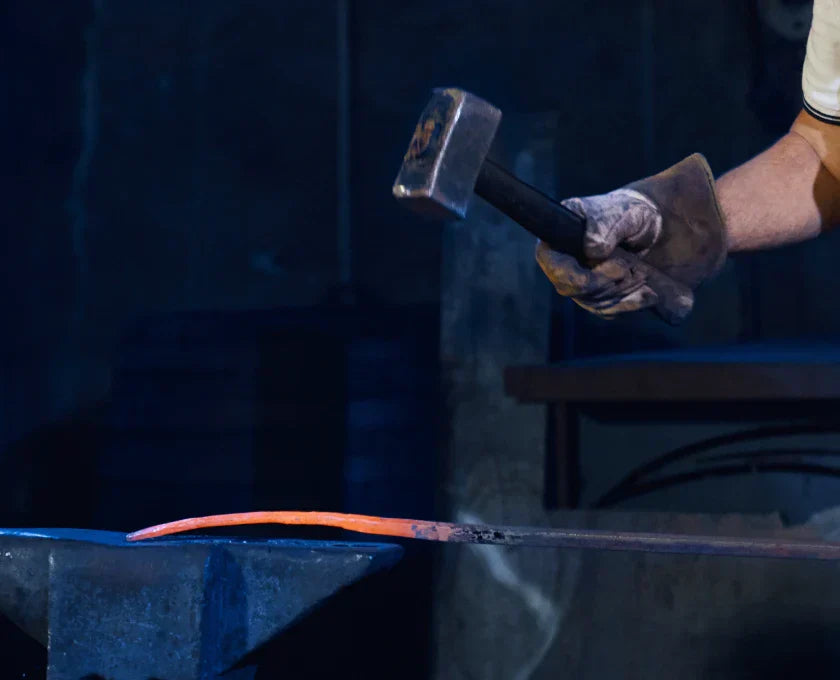
How Folding and Forging Actually Works — The Art of Shita-Kitae and Age-Kitae So, let’s say you’ve got a chunk of tamahagane, the traditional Japanese steel used to make a katana. Congrats — now th...

Clay tempering is a traditional technique used in making katanas, in which clay is applied to the blade before quenching. Its purpose is to give the katana both hardness and toughness, while also c...

Jihada – The Skin of the Katana Steel When we talk about the beauty of a Japanese sword, it’s not just the elegant shape that’s been passed down through history. There’s also something called “jiga...




